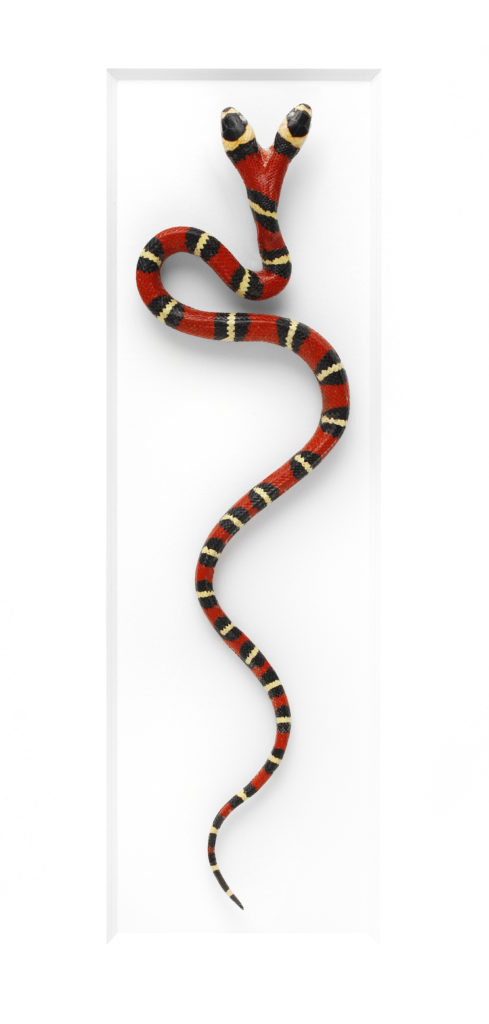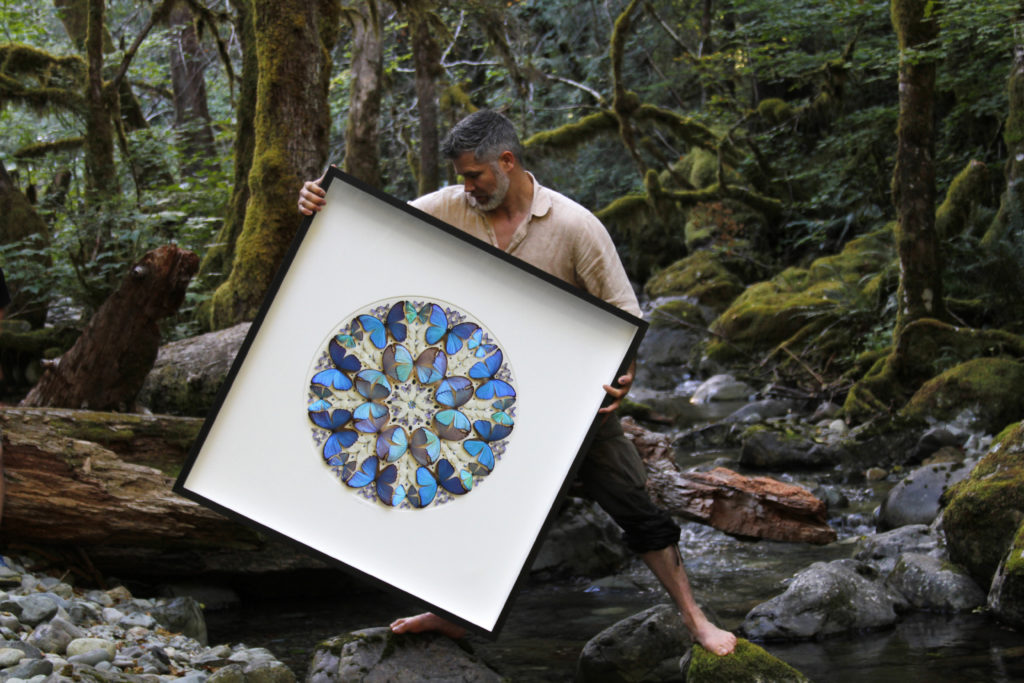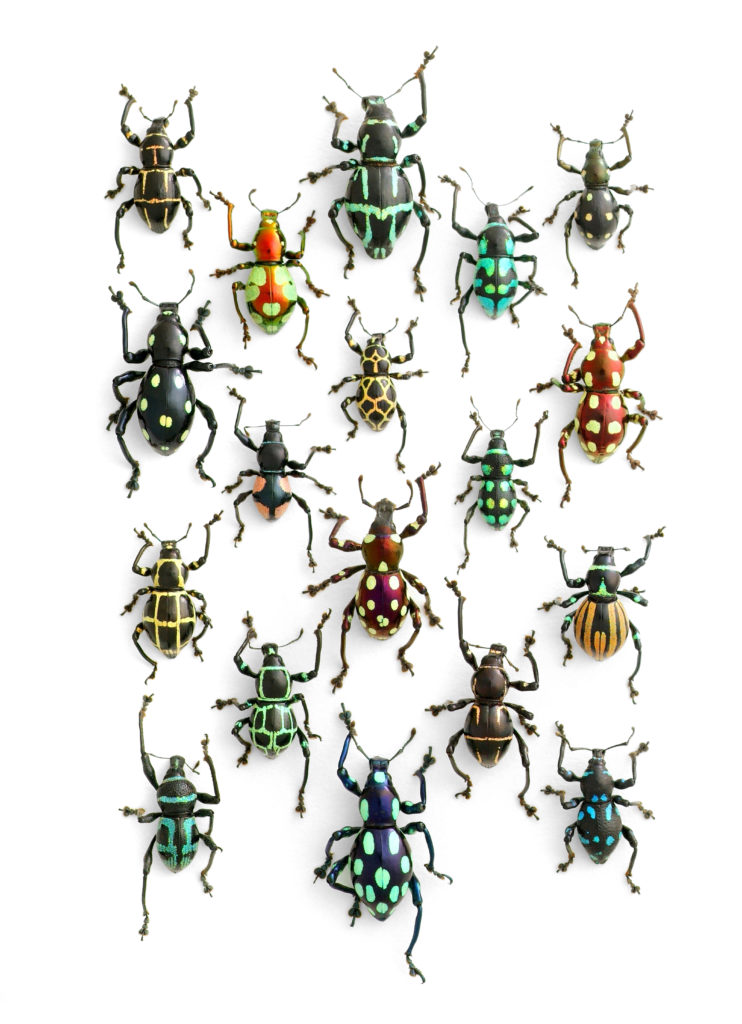I have an obsessive-type personality, especially when it comes to science and history. I can regale just about anyone with my vast stores of information in a good number of subject areas. I often recount, in sometimes excruciatingly vivid detail, seemingly endless esoteric facts on subjects ranging from medicinal cannibalism to the effects of sexually transmitted diseases on military history or even the implications of Victorian mourning practices on the enforcement of social norms, to name a few . Believe you me, I’m a big hit at cocktail parties. I will patiently await the onslaught of invitations that are sure to arrive after the publication of this piece. Insert eye roll emoji here.

That being said, for something new to grab my attention it must slap me hard in my Attention Deficit Disordered brain. It’s difficult to predict what might do the trick but, at almost 50 years old, I’m starting to see some patterns emerge. First of all, I’m fascinated with ideas that give insight into the strange workings of the human mind. I want to understand what drives people to certain behaviors, both adaptive and maladaptive; with maladaptive being the more interesting. Secondly, I want to explore how these behaviors may have shaped the course of human history. One behavior that repeats itself across time and place is the universal and almost obsessive need to collect and display objects of all kinds. I work at the Museum after all, what a better testament to this phenomenon can there be? Don’t you just love a good rhetorical question?
So, right about now you’re probably thinking, “Where in the world is she going with this”? “I’m sure glad this lady has the Museum’s blog to air her personal feelings and talk about herself”. Well, while I wish that were the case, there is an actual connection to something really cool that is coming soon to the Museum. BIOPHILIA: A Dialogue with Art, Nature and Science will open on February 8th. The show is described as an extensive art and multimedia sensory experience that unravels man’s intimate relationship with the natural world. But, I’m telling you now, it is so much more than that.
Biophilia, which I’m still struggling to spell correctly, translates to “love of life” and it is truly a fitting name for this magical experience. The artist, Christopher Marley, has created some of the most dynamic three dimensional pieces I have ever seen and I have witnessed a lot of things in my twenty plus years at this Museum. Marley employs animal, mineral, and plant specimens to create images and mosaics in which the intimate and inextricable connection between art, nature, and science can be experienced and explored. While humans have collected and displayed found objects for millennia, these displays are altogether different and I find them hugely compelling.
Now as I said before, collecting, as with any human impulse, can be adaptive or maladaptive. There are many examples of well-meaning collectors having a negative impact on the environments from which they collect. A brief consideration of the impact that collectors of ethnographic artifacts had on the inhabitants of the northwest region of the Amazon Rain Forest is a prime example. In the late 19th and early 20th century collecting shrunken heads was all the rage in the West. This madness for the macabre produced an economic demand that resulted in a significant increase in killings with the sole purpose of procuring heads to shrink. Murder for the sole purpose of satisfying the collectors’ urge to collect. That was a tragic consequence and maladaptive, to say the least.

In stark contrast, the subjects that Marley uses to create his works are collected in an environmentally sensitive and sustainable manner. He achieves this by engaging a worldwide network of people and institutions that share his passion for nature and its preservation. His motivation to collect is also unique in that he is compelled to collect and display for the greater good of mankind. His life’s work can be described as an attempt to broaden the world’s appreciation for the more enigmatic organisms and minerals he has discovered in his travels across five continents. He then uses his passion for order and design economy to subordinate the fear that can manifest itself when one is confronted with the obscure. To put it simply, almost anything can be visually pleasing and seen in a positive light when given a compelling presentation that appeals to the senses and the soul. I personally intend to lobby him to create a piece incorporating roaches in the hope that it can quell my irrational fear of these creatures who according to my coworkers in the Cockrell Butterfly Center, are quite lovely.

It’s also worth mentioning that Marley’s work is an incredible vehicle which can be used to explore innovative ways to teach a variety of subjects including science, art, and history. We will be doing just that during our February 15th Educator Late Night. Participants will earn six hours of continuing education credit while exploring this amazing exhibit and participating in hands-on activities. The activities will include a sea star dissection to explore symmetry and the creation of a personal piece of Biophilia-inspired art to take home. If you’re available, you don’t want to miss this opportunity and as a bonus, you get to hang out with me for the evening. I’m hoping to meet some new ispiring educators at this event. Regardless, this exhibit is not to be missed, so make plans now to come and see it!
FURTHER READING:
Tinder And The Plague Doctor: A Case For Swiping Right


